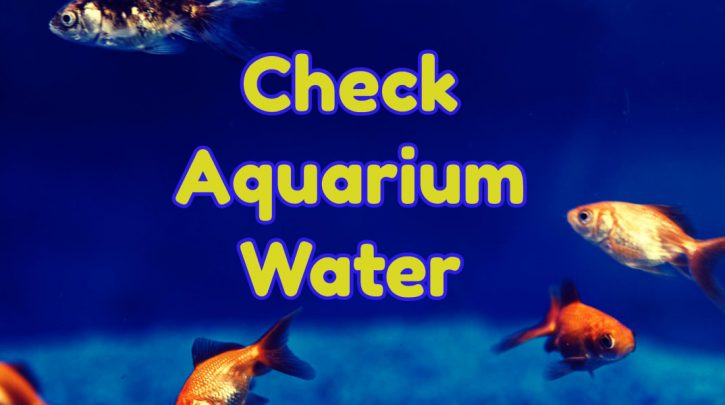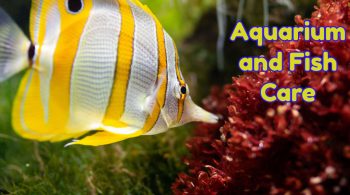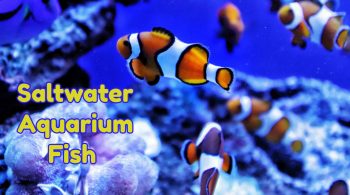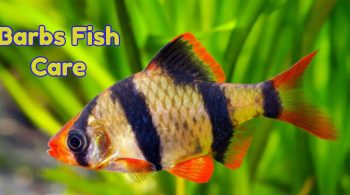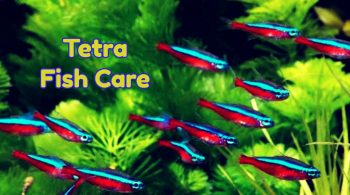Last Updated on February 2, 2020 by Damo
Today, aquariums have advanced to the point that the tanks are self-sufficient. Water conditions are important to check, since in each area of the world, water is different. In fact, some area waters are more contaminated than other areas. The types of fish factors into water, as well plants play a role too. Tetras is a type of fish, which naturally habitats in rainwater, or when in aquariums the fish enjoys soft waters. Therefore, when you test waters for these fish make sure that the waters are soft.
Cichlid is another species of fish that prefer harder water. The specimens came from the Rift Valleys of Africa, which contains dissolved salt. The salt was available from natural sources, such as lakes and rock lining.
How do I avoid hardening the water?
When adding water to your aquarium, you should test if your tap water is hard or soft so you can adjust it if necessary. Hard water often has a high content of certain minerals, such as magnesium, calcium and iron salts, whereas soft water does not. Often these types of minerals can be harmful to fish and must be removed from the water.
Firstly you have to remove the minerals from the water so you can effectively lower the pH. To soften hard water you need to remove the minerals with a “water softener” such as API STRESS COAT Aquarium Water Conditioner. Alternately a good water option for your fish tanks is to use demineralized water.
How can I tell the condition of my aquarium water after testing pH?
After you test the water, pH readings should give you a figure. If the number is below seven, then the water is acidy. If the figure is higher than seven are then the water is alkalinity or alkaline. The neutral pH figure is pH7. If the water conditions are below or higher than this figure then your water is too alkalinity and/or acidity. If you maintain a correct temperature and balance of water, your fish and plants will live long and healthy.
Tip: Red Nosed Tetra prefers freedom to swim and density of plants.
If you have test water keep in mind that tap water has pH7 or pH8 reading usually. If the gauge reads higher or else lower, it means that the water is too alkalinity or acidy: Keep in mind that discus from the symphysodon aequifasciata specimen enjoy acidy waters. If you have cichlids from Rift Valley, these fish prefer alkaline.
How do I test water?
You will need to purchase a test kit. You can purchase test kits online or preferably at your local pet store. Of course, you can purchase the kits online, but if you are not familiar with the types, it is best to purchase at a pet store. The test kits will provide you a read out of chemicals in the water as well, such as chlorine. There should not be chlorine in the waters; however, tap water may have such chemicals. Water conditioners are ideal. When you setup your tank and each time you refill the tank you should use water conditioners.
Tip: If you have a heater in the tank, keep the temperature setting on low.
Where to locate your Aquarium?
Typically, it is not recommended that you locate your aquarium in a living room. Since most living rooms are too warm, the fish will feel agitated. However, if you have tropical fish as well as plants you will have fewer problems. Plants and fish from the tropical regions tend to adapt well to higher water or room temperature. Using a heater in the tank can help you preserve your fish, yet you want to keep the heater on low volume. Maintaining a volume of heat will also prolong the life of your heater.
If you are heating your aquarium, take the easy way out. Some heaters include heaterstats, which will help you regulate heat. Heaterstats are thermostatically controlled devices, which fix to the corners of an aquarium. You can use suction cups to mount the heater. The heater has a small lamp, which will click on each time the heater is activated.

